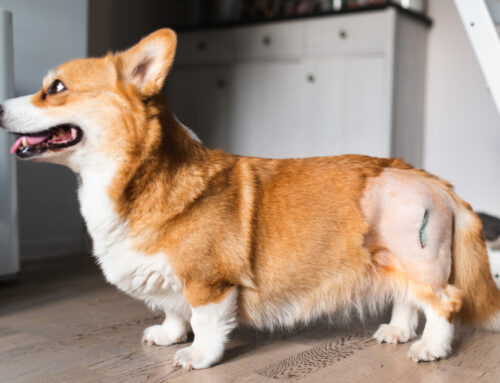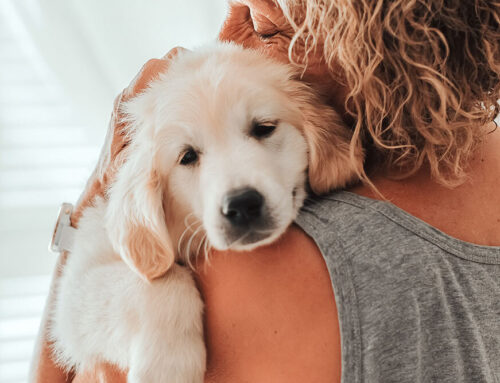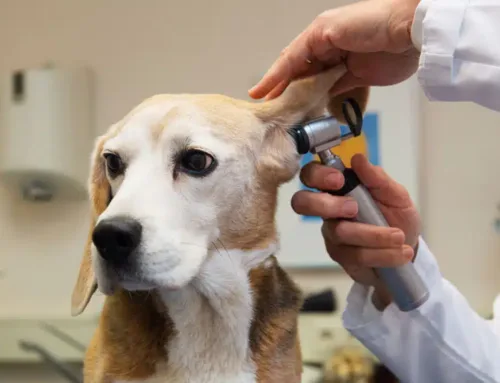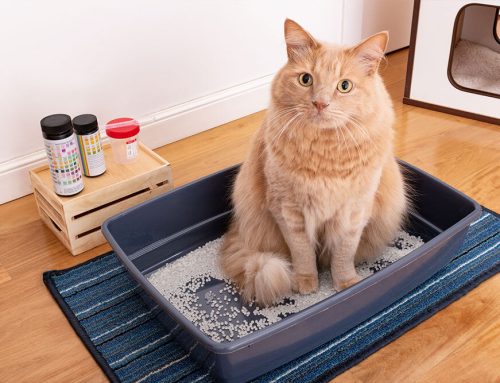Summer’s high temperatures and humidity are some of the biggest threats to your furry pal’s health, but relatively mild temperatures in the 70s also can pose an overheating risk for pets, especially if they’re left in cars. In addition to the typical dangers of corn on the cob, unattended swimming pools, and explosive fireworks, keep a close eye on your fur-coat-wearing friend during the dog days of summer. Because pets don’t sweat like people, cooling off and shedding excess heat is much more difficult. Brush up on your heatstroke safety knowledge, and keep your best friend cool during all your summertime activities.
Heat exhaustion in pets
While most pet owners know about heatstroke in their four-legged pals, they may not realize there is a precursor to this dangerous condition—heat exhaustion—which occurs when your pet’s body temperature reaches 103 to 106 degrees. One of the first heat exhaustion signs is heavy panting, whether or not your pet has been exercising or playing. If you notice your pet beginning to pant more heavily while out and about, take a break, settle them in the shade, and offer plenty of cool, fresh water. Since pets can release excess heat only through panting and sweating through their paws, they can take quite some time to cool off.
If your pet fails to cool down adequately, you may also notice these heat exhaustion signs:
- Weakness
- Lethargy
- Staggering
- Disorientation or confusion
- Vomiting
While pets who heavily pant generally do not require veterinary intervention during their heat exhaustion episode, if their signs progress to more serious issues, they often need veterinary care. If your pet shows any of the above overheating problems, contact your Fairfax Veterinary Clinic veterinarian immediately.
Heatstroke in pets
Heat exhaustion can lead to heatstroke, if you do not act quickly, as soon as your pet displays overheating signs. Once a pet’s body temperature reaches 106 degrees or higher, they are placed in the heatstroke category, which is a life-threatening condition. If your pet is suffering from heatstroke, the signs tend to be more dramatic and obvious, and in addition to the common heat exhaustion signs, you may notice your furry pal having diarrhea or seizures, or falling into a coma. Pets with heatstroke require emergency veterinary care, to prevent permanent organ damage or death.
Your pet may not show the more severe signs of heat exhaustion or heatstroke, but a thorough veterinary exam is still crucial, because organ damage or other issues may not appear for several days after the incident, when it is too late. To ensure your best friend is not suffering from an underlying issue, schedule an appointment at the first sign of heat exhaustion, and avoid letting the condition progress to heatstroke.
Risk factors for overheating in pets
Since overheating is such a serious condition, learn the risk factors that may predispose your pet to heat exhaustion or heatstroke. If your pet falls into one or more of the following categories, monitor them more closely when outdoors:
- Pediatric or geriatric
- Flat-faced, brachycephalic breed
- Working or sporting breed
- Overweight or obese
- Cardiac conditions, such as congestive heart failure or arrhythmias
- Respiratory issues, such as a collapsing trachea or laryngeal paralysis
- Thick, double coat
- Matted fur
While any pet can suffer from a heatstroke, some pets are more likely to experience overheating issues, such as an obese English bulldog. Keep in mind that if your pet has suffered from a previous heatstroke episode, they are more likely to succumb to another heat-related event.
How to prevent overheating in your pet

Although you know you must provide plenty of fresh water and shade for your pet while outdoors, here are some additional tips to help keep them cool and comfortable:
- Choose the best time of day — Exercise and play with your pet during the coolest portion of the day, avoiding heading outside between noon and 4 p.m., which are typically the hottest, most humid hours. Early morning is often your best option for playing outside.
- Check the pavement — Avoid pavement if at all possible, and stick to grass or dirt paths. Although the sun may be going down in the evening, the pavement has absorbed the heat of the sun’s rays all day, and can be scorching hot well into the night.
- Watch pets in the water — Choose water activities to provide cool exercise opportunities for your pet. While unattended swimming pools and saltwater can put their health at risk, jumping in the pool wearing a life vest, or playing in the sprinkler, are great ways to cool down.
- Groom pets carefully — Groom your pet properly, but avoid shaving them completely in the summer. Your pet’s hair coat helps with thermoregulation, actually working to keep them cool, but the fur must be free of mats and debris.
- Take a break — Remember that working or sporting dogs often become so focused on their tasks, they fail to take proper breaks to cool down. Advocate for your hard-working dog, and force them to take breaks under a shady tree or in the air conditioning, and always offer plenty of water.
Armed with knowing how to recognize overheating and—better yet—how to avoid it in the first place, you can look forward to a safe summer with your four-legged friend. However, if your furry pal struggles to cool off this summer, and experiences an overheating episode, call us to schedule a comprehensive physical exam, to check for hidden damage.








Leave A Comment